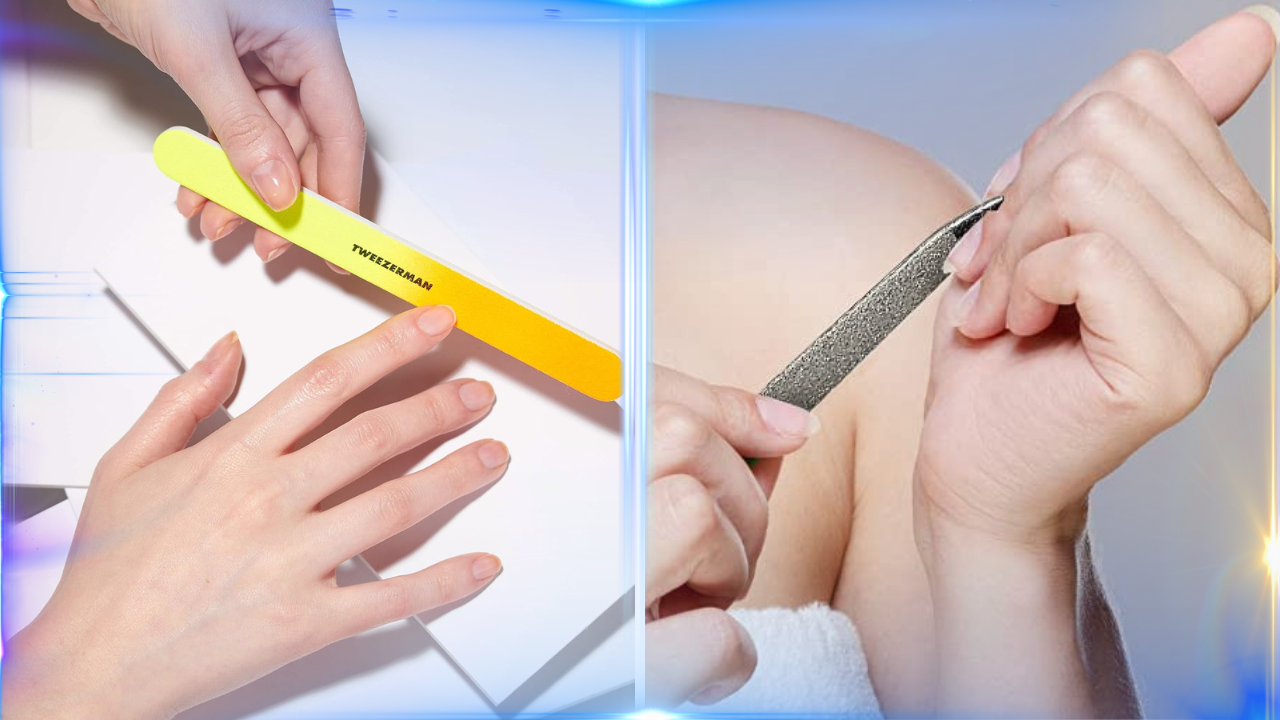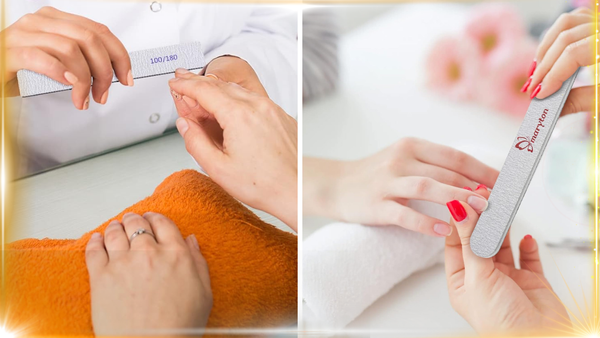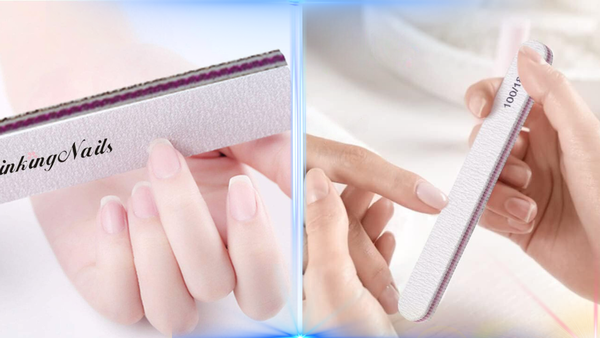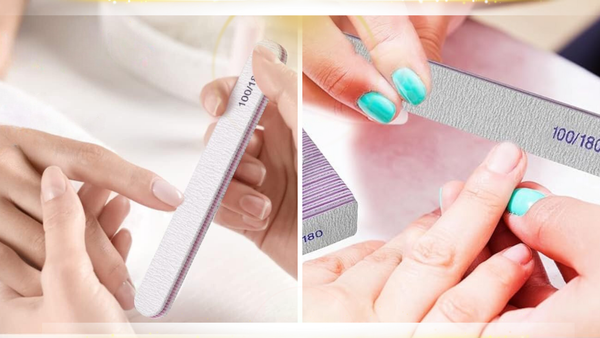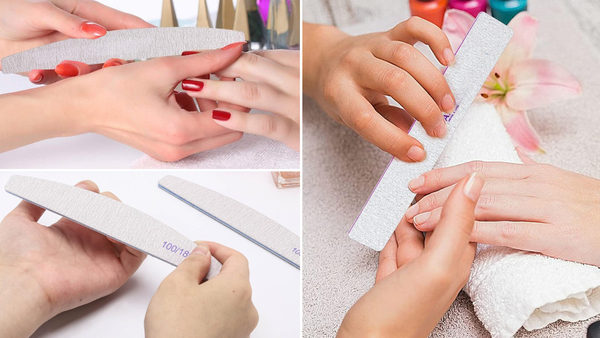Key Takeaways:
- Acrylic nail files come in various types, each designed for specific purposes and nail conditions.
- Understanding the different types of nail files can significantly improve your nail care routine.
- Proper use of nail files can enhance the longevity and appearance of both natural and artificial nails.
Introduction
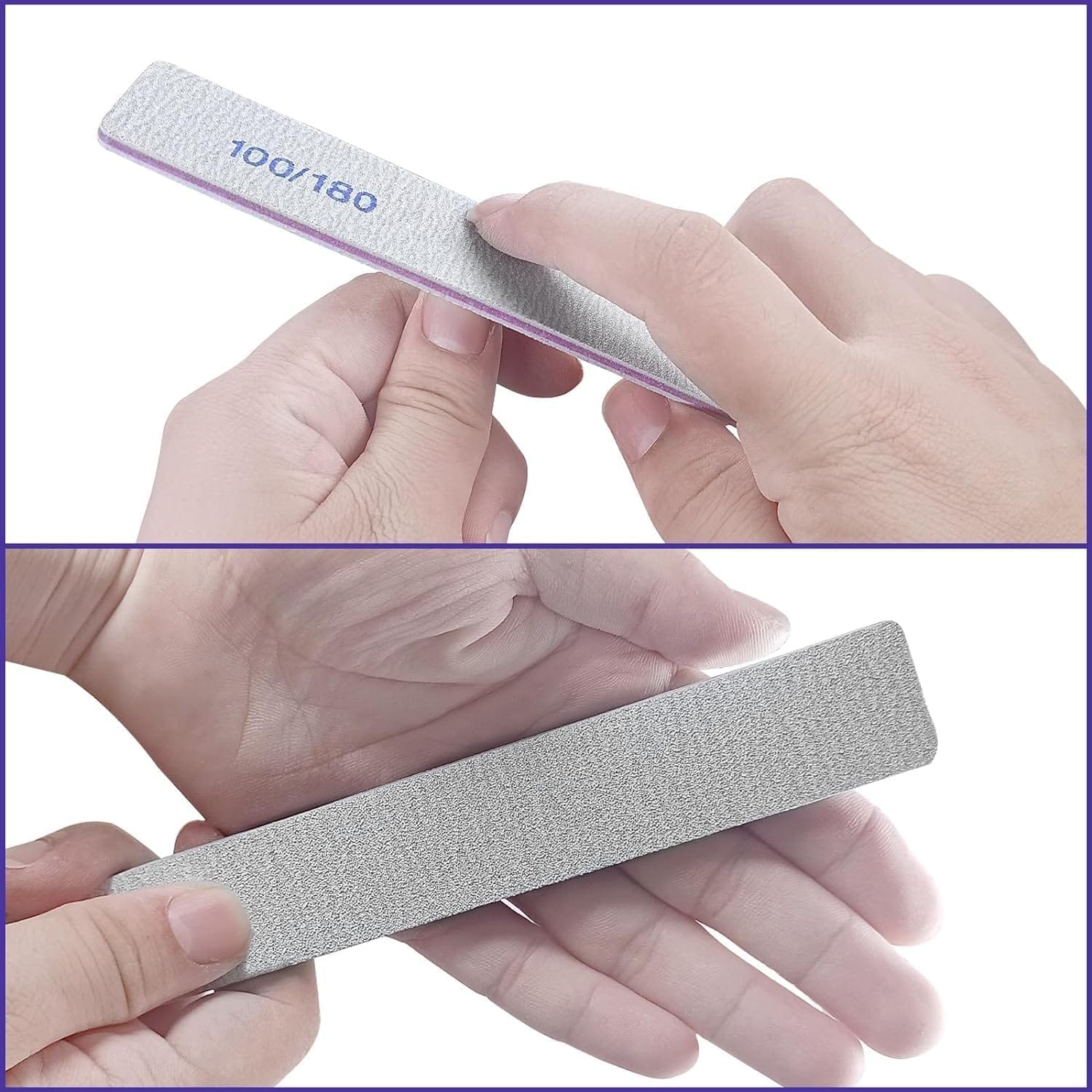
When it comes to maintaining beautiful nails, the right tools are essential. The nail file is one of the most important tools in any nail care kit. But did you know that there are different types of acrylic nail files? Each type serves a unique purpose and is designed to work with specific nail conditions. In this article, we'll explore the various types of acrylic nail files, their uses, and how they can help you achieve the perfect manicure.
Types of Acrylic Nail Files
Emery Boards
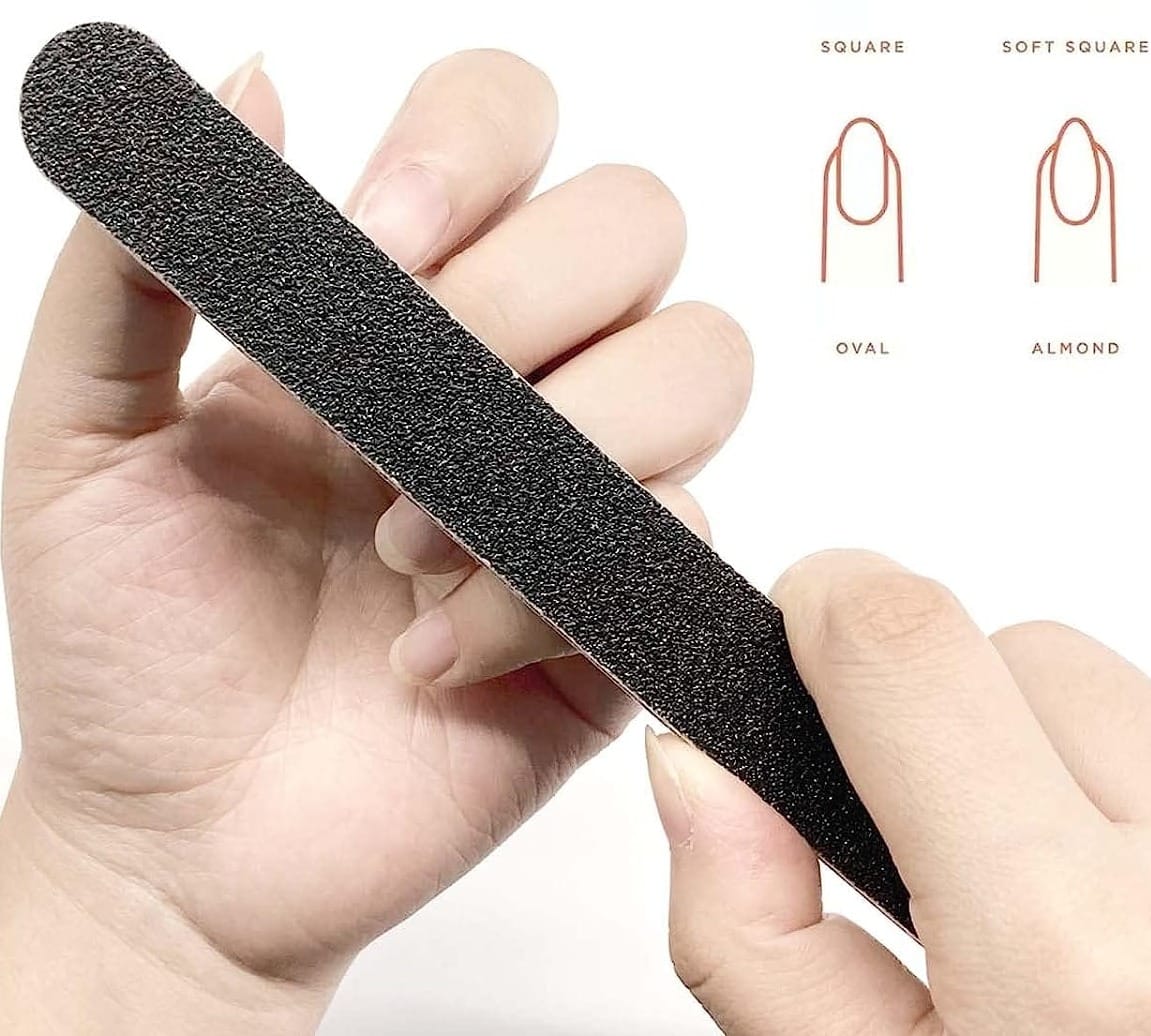
Emery boards are perhaps the most common type of nail file. They are made of cardboard and have a coarse surface on one side and a finer surface on the other. These files are great for shaping natural nails and smoothing the free edge. They are also disposable, making them a hygienic option for personal and professional use.
Emery boards come in different grits, which refer to the coarseness of the file. A higher grit number means a finer file, while a lower grit number indicates a coarser file. The grit number indicates the size of each grain on the nail file surface, with higher grit resulting in a smoother nail surface and less material being removed during filing. For example, a 180-grit emery board is suitable for natural nails, while a 100-grit board is better for acrylic nails. Choosing the right grit for your needs is important to avoid damaging your nails.
Glass Nail Files

Glass nail files, also known as crystal files, are made from tempered glass. Their smooth surface is gentle on natural nails, making them ideal for preventing splits and breaks. Unlike emery boards, glass files can be sanitized and reused, making them a more sustainable option.
These files are particularly good for natural nails because they seal the keratin layers together at the edge of the nail, preventing chipping and peeling. They also provide a smooth finish, which is perfect for prepping nails before applying nail polish or gel polish. This smooth finish helps eliminate scratches and make the nail surface even and smooth, ultimately preparing the nails for nail polish application.
Metal Nail Files
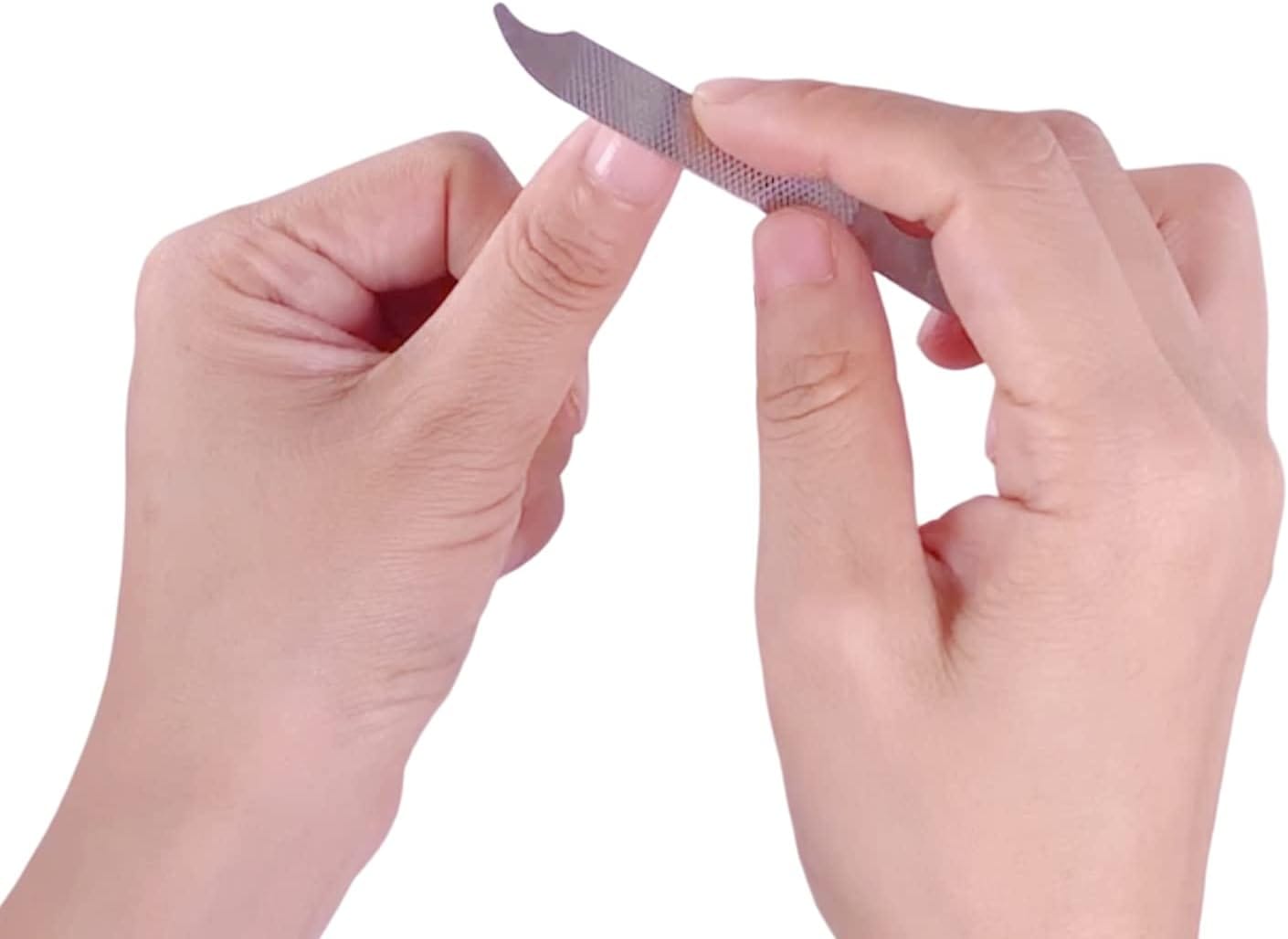
Metal nail files are durable and long-lasting. They are typically made from stainless steel and have a rough surface that can quickly shape and shorten nails. However, they can be too harsh for natural nails and are better suited for acrylic nails or artificial nails.
Metal files are great for removing hard gel polish or acrylic nails. They can also be used to shape the free edge of the nail and smooth the nail surface. However, using them with care is important to avoid damaging the nail bed or cuticle area.
Ceramic Nail Files

Ceramic nail files are similar to glass files in that they are gentle on natural nails and can be sanitized and reused. They are made from high-quality ceramic materials and have a smooth surface that is perfect for shaping and smoothing nails.
These files are ideal for natural nails because they provide a gentle filing action that prevents splitting and peeling. They are also great for prepping nails before applying nail polish or gel polish, as they create a smooth surface that helps the polish adhere better. Ceramic files are ideal for prepping the natural nail by contouring the whole nail and ensuring the surface is even and smooth before product application.
Diamond Nail Files
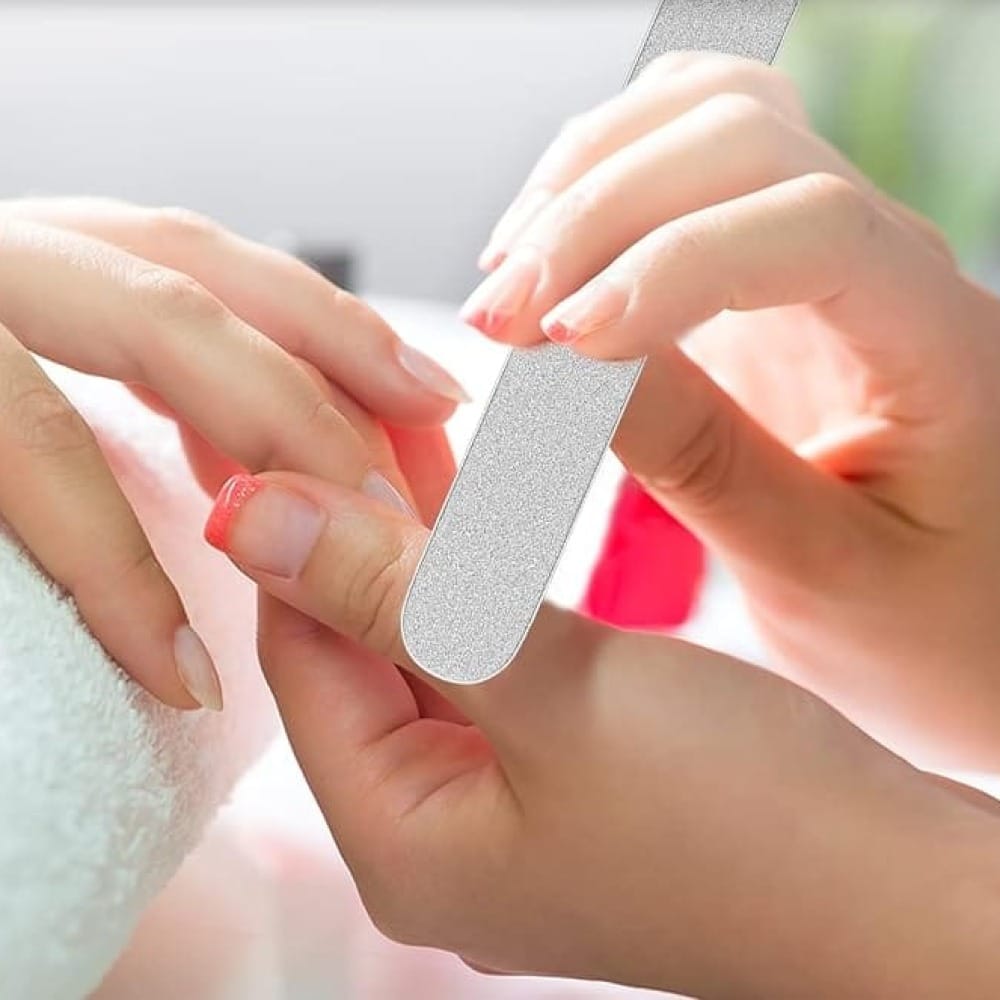
Diamond nail files are made with real or synthetic diamond particles embedded in the file surface. They are extremely durable and can be used on natural and artificial nails. These files are known for their ability to create a smooth, shiny finish, making them a popular choice for professional nail technicians.
Diamond files are particularly good for shaping and smoothing the nail's free edge. They can also be used to gradually make acrylic nails shiny by using different grit numbers to achieve a high-shine finish. They can also remove ridges and imperfections from the nail surface, creating a smooth base for nail polish or gel polish application.
Electric Nail Files
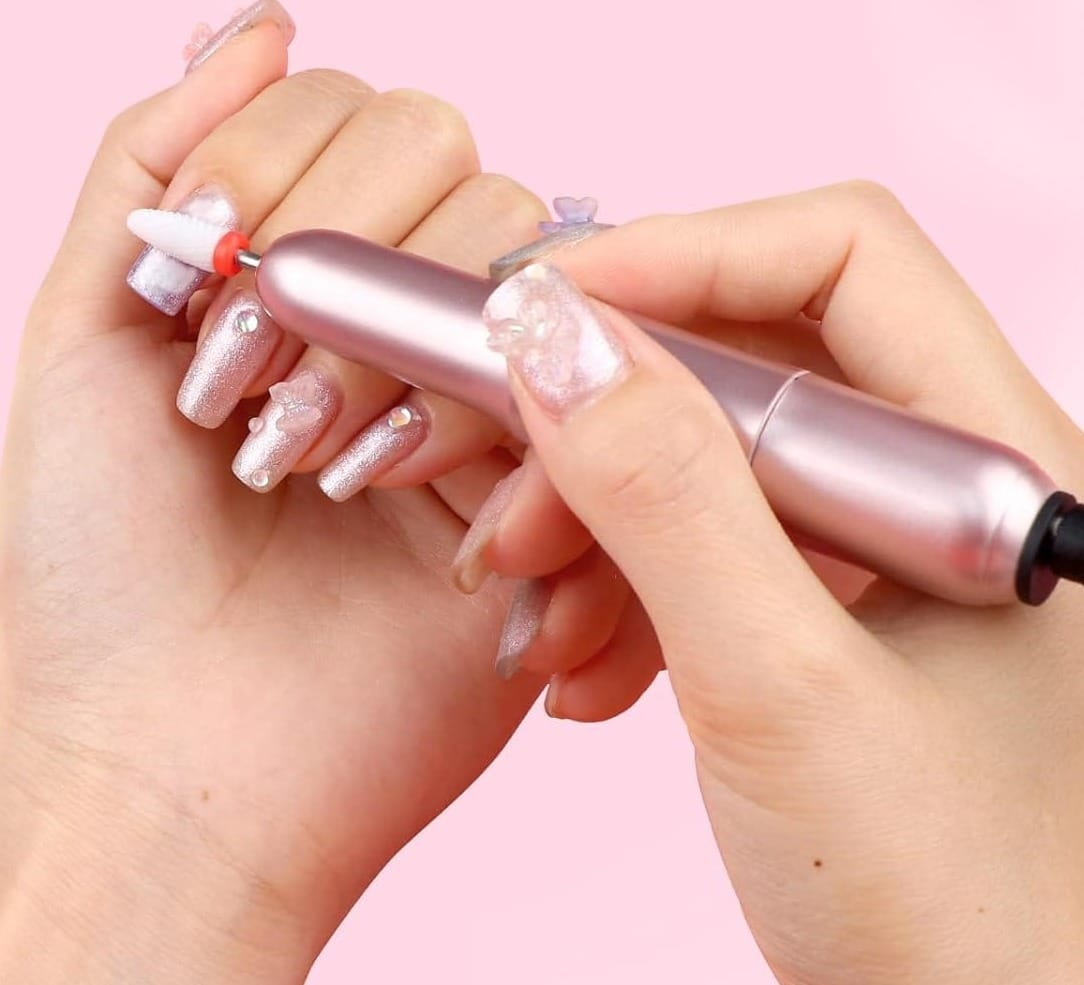
Electric nail files, or e-files, are powered tools that use interchangeable bits to file and shape nails. Professional nail technicians commonly use them for tasks such as removing gel polish, shaping acrylic nails, and smoothing the nail surface.
E-files are versatile and can be used on both natural and artificial nails. They come with different bits that vary in coarseness, allowing for precise control over the filing process. However, they require proper training and techniques to use safely and effectively.
Buffer Blocks
Buffer blocks are multi-sided files that are used to smooth and shine the nail surface. They typically have different grits on each side, allowing for a step-by-step process to achieve a high-shine finish. Buffer blocks are great for natural nails, as they can eliminate ridges and create a smooth, glossy surface. Buffer blocks are particularly effective for smoothing natural nails by using different grits to gradually eliminate ridges and bumps.
These files are also useful for prepping nails before applying nail polish or gel polish. By creating a smooth surface, buffer blocks help the polish adhere better and last longer. They are an essential tool for achieving a professional-looking manicure at home.
Sponge Nail Files
Sponge nail files are soft, flexible files that are gentle on natural nails. They are made from a sponge-like material and have a fine grit that is perfect for smoothing and shaping nails. These files are ideal for people with sensitive nails or those who prefer a gentler filing action.
Sponge files are also great for finishing touches, such as smoothing the edges of the nail after shaping with a coarser file. They can be used to create a smooth, even surface that is ready for nail polish or gel polish application.
Specialty Nail Files
Specialty nail files are designed for specific tasks or nail conditions. For example, there are files specifically made for removing gel polish, shaping acrylic nails, or smoothing the nail surface. These files often have unique shapes or grits that make them ideal for their intended purpose.
Using the right specialty file can make a big difference in the quality of your manicure. For example, a file designed for removing gel polish will be more effective and less damaging than using a regular file. Similarly, a file made for shaping acrylic nails will provide better results than using an ordinary file.
Choosing the Right Nail File
Consider Your Nail Type
When choosing a nail file, it’s important to consider your nail type. Natural nails require a gentler file, such as a glass or ceramic file, to prevent damage. Using a 240 grit nail file is ideal to prep nails before applying UV gel polish, emphasizing its low corrosive surface for this purpose. Acrylic nails or artificial nails, on the other hand, can handle a coarser file, such as a metal or diamond file.
Using the right file for your nail type will help you achieve the best results and prevent damage. For example, using a metal file on natural nails can cause splitting and peeling, while using a glass file on acrylic nails may not be effective.
Consider the Grit
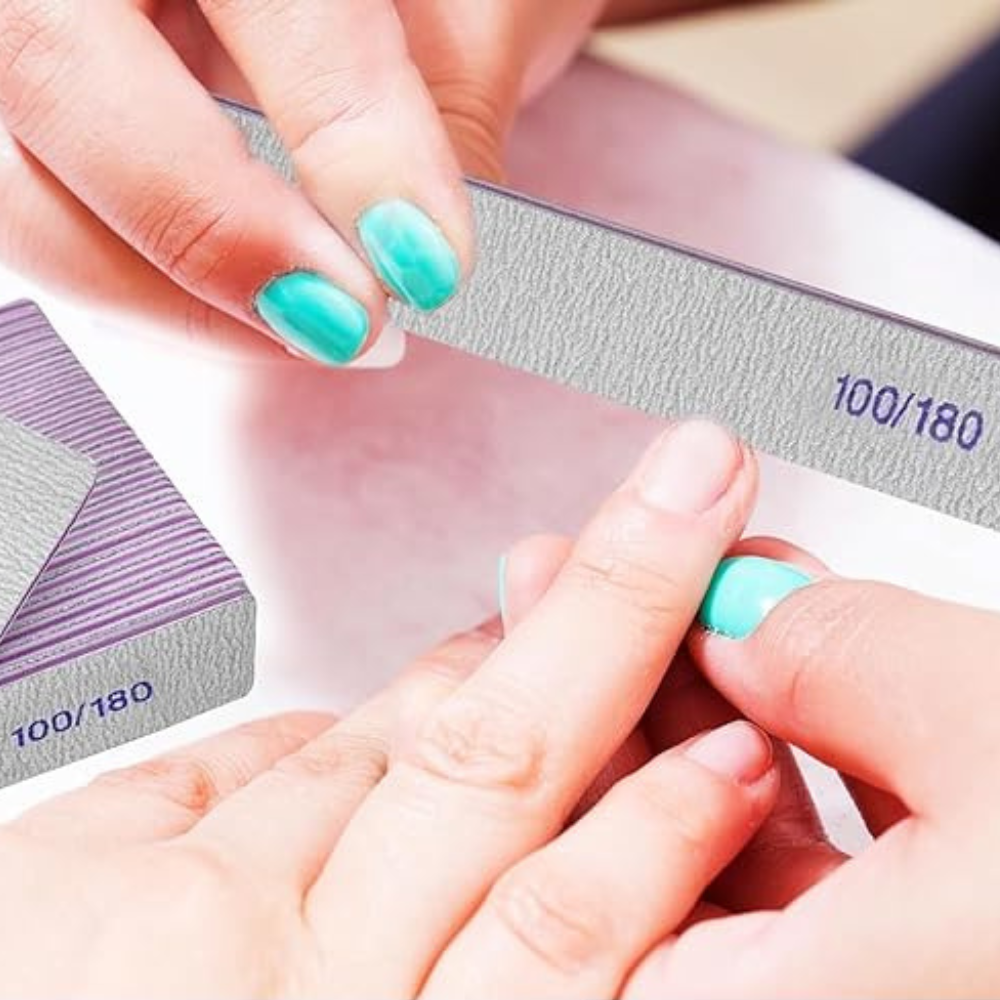
The grit of a nail file refers to the coarseness of the file surface. A higher grit number means a finer file, while a lower grit number indicates a coarser file. For example, a 180-grit file is suitable for natural nails, while a 100-grit file is better for acrylic nails.
Choosing the right grit is important for achieving the desired results. A finer grit is ideal for smoothing and shaping natural nails, while a coarser grit is better for removing gel polish or shaping acrylic nails. A 240-grit file is particularly useful for prepping nails before UV gel polish application due to its low corrosive surface. It’s also important to use a buffer block with different grits to achieve a smooth, shiny finish.
Consider the Shape
Nail files come in different shapes, such as straight, half-moon, and specialty shapes. The shape of the file can affect how easy it is to use and the results you achieve. For example, a straight file is great for shaping the free edge of the nail, while a half-moon file is better for smoothing the nail surface.
Choosing the right shape can make a big difference in the quality of your manicure. For example, a straight file is ideal for creating a nice and straight shape, while a half-moon file is perfect for smoothing the nail surface and eliminating ridges.
Proper Use of Nail Files
Filing Technique
Using the right technique is essential for achieving the best results with your nail file. When filing natural nails, it’s important to file in one direction to prevent splitting and peeling. Using a 180 grit file is ideal to shape the natural free edge during a manicure, ensuring a smooth and even finish. For acrylic nails or artificial nails, you can use a back-and-forth motion to shape and smooth the nails.
It’s also important to use gentle pressure when filing to avoid damaging the nail bed or cuticle area. Using a light touch will help you achieve a smooth, even finish without causing damage.
Sanitizing Your Files
Sanitizing your nail files is important for maintaining hygiene and preventing the spread of bacteria. Glass and ceramic files can be sanitized with disinfectant liquid, while emery boards and sponge files should be replaced regularly.
Proper sanitation is especially important for professional nail technicians who work with multiple clients. Using sanitized files will help prevent infections and ensure a safe, hygienic manicure.
Summary
Understanding the different types of acrylic nail files and their uses can significantly improve your nail care routine. From emery boards to glass files, each type of file serves a unique purpose and is designed to work with specific nail conditions. By choosing the right file for your needs and using proper techniques, you can achieve a professional-looking manicure at home.
FAQ Section
What is the best type of nail file for natural nails?
Glass or ceramic nail files are the best options for natural nails. They are gentle and prevent splitting and peeling, providing a smooth finish that is perfect for prepping nails before applying nail polish or gel polish.
How often should I replace my nail files?
Emery boards and sponge files should be replaced regularly, especially if you use them frequently. Glass and ceramic files can be sanitized and reused, making them a more sustainable option.
Can I use the same nail file for natural and acrylic nails?
It's best to use different files for natural and acrylic nails. Natural nails require a gentler file, such as a glass or ceramic file, while acrylic nails can handle a coarser file, such as a metal or diamond file. Using the right file for your nail type will help you achieve the best results and prevent damage.
